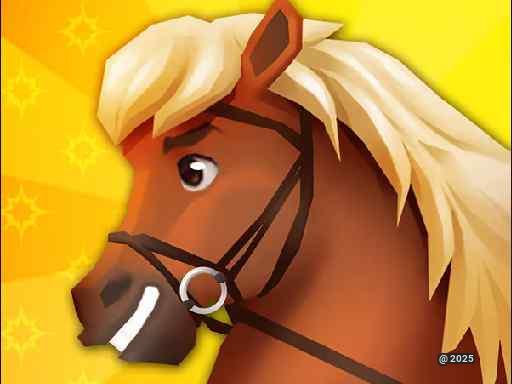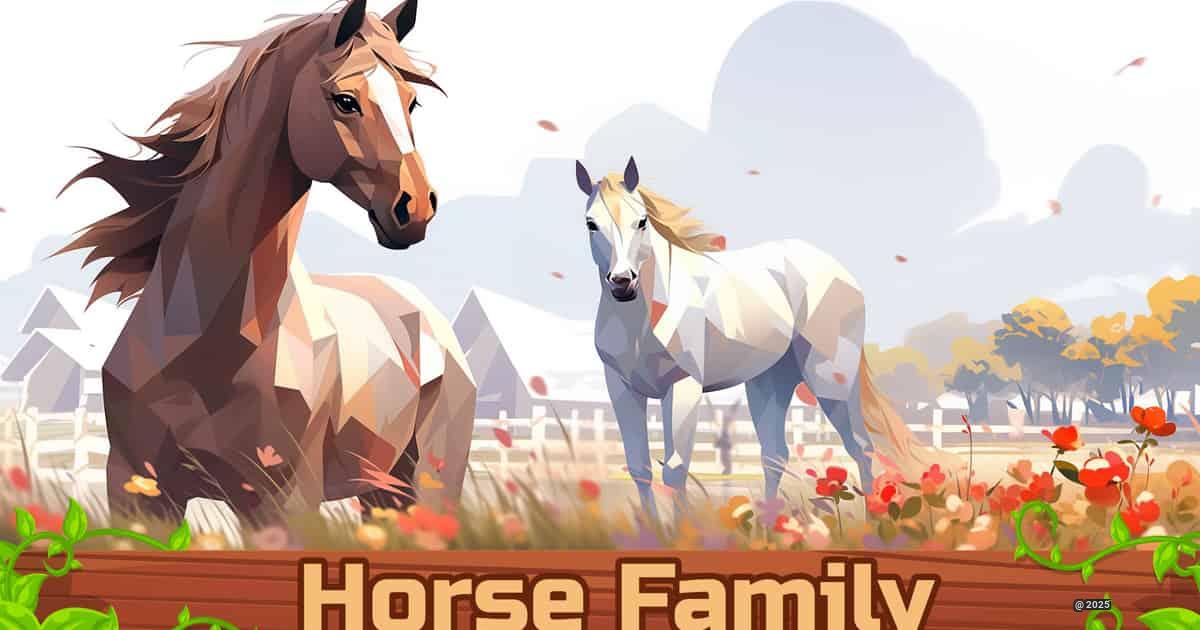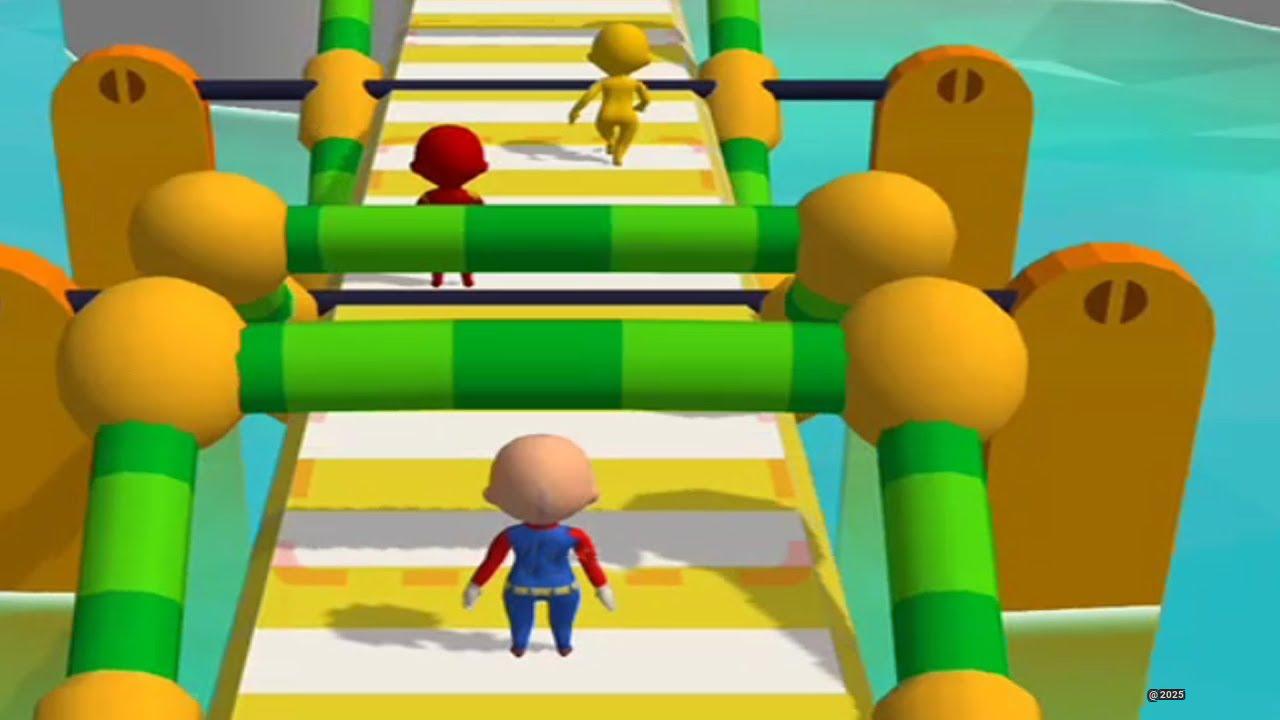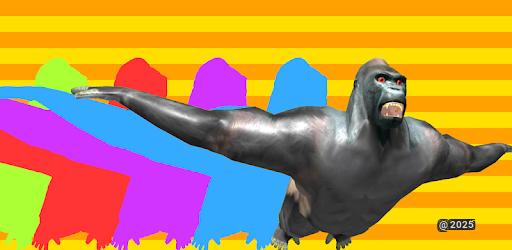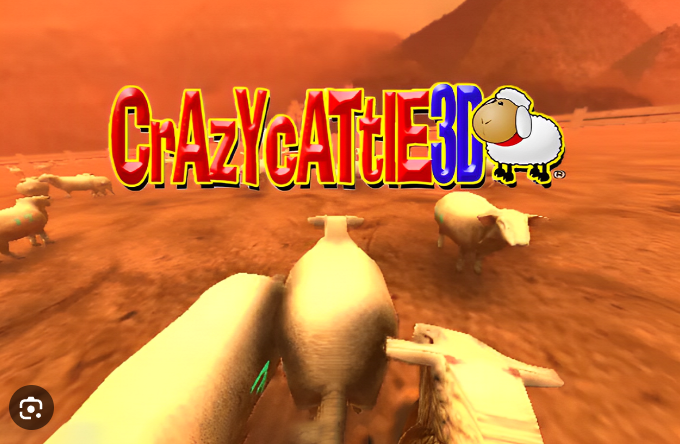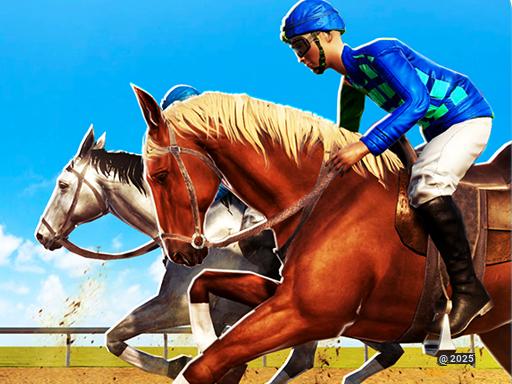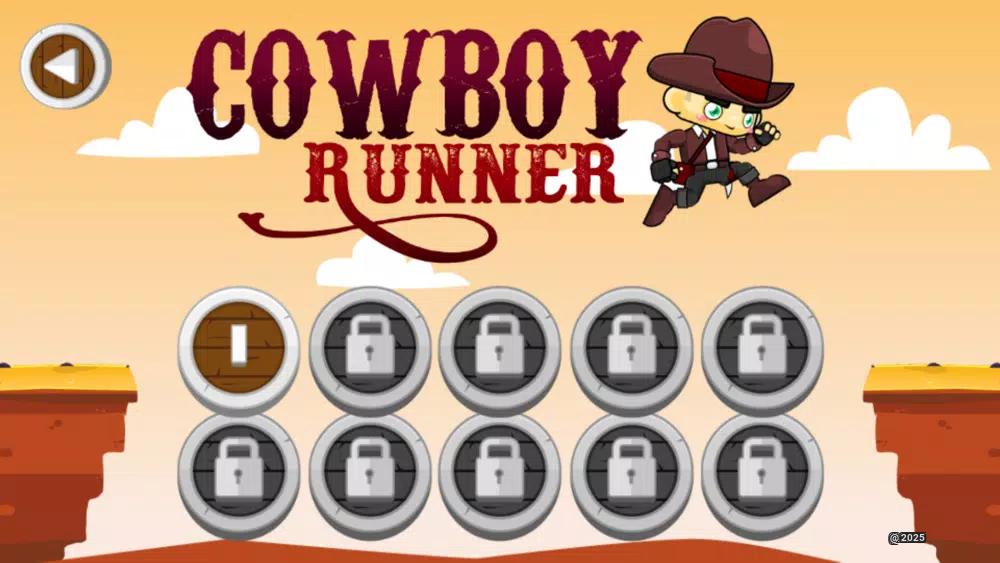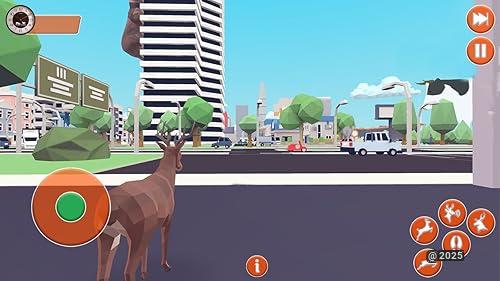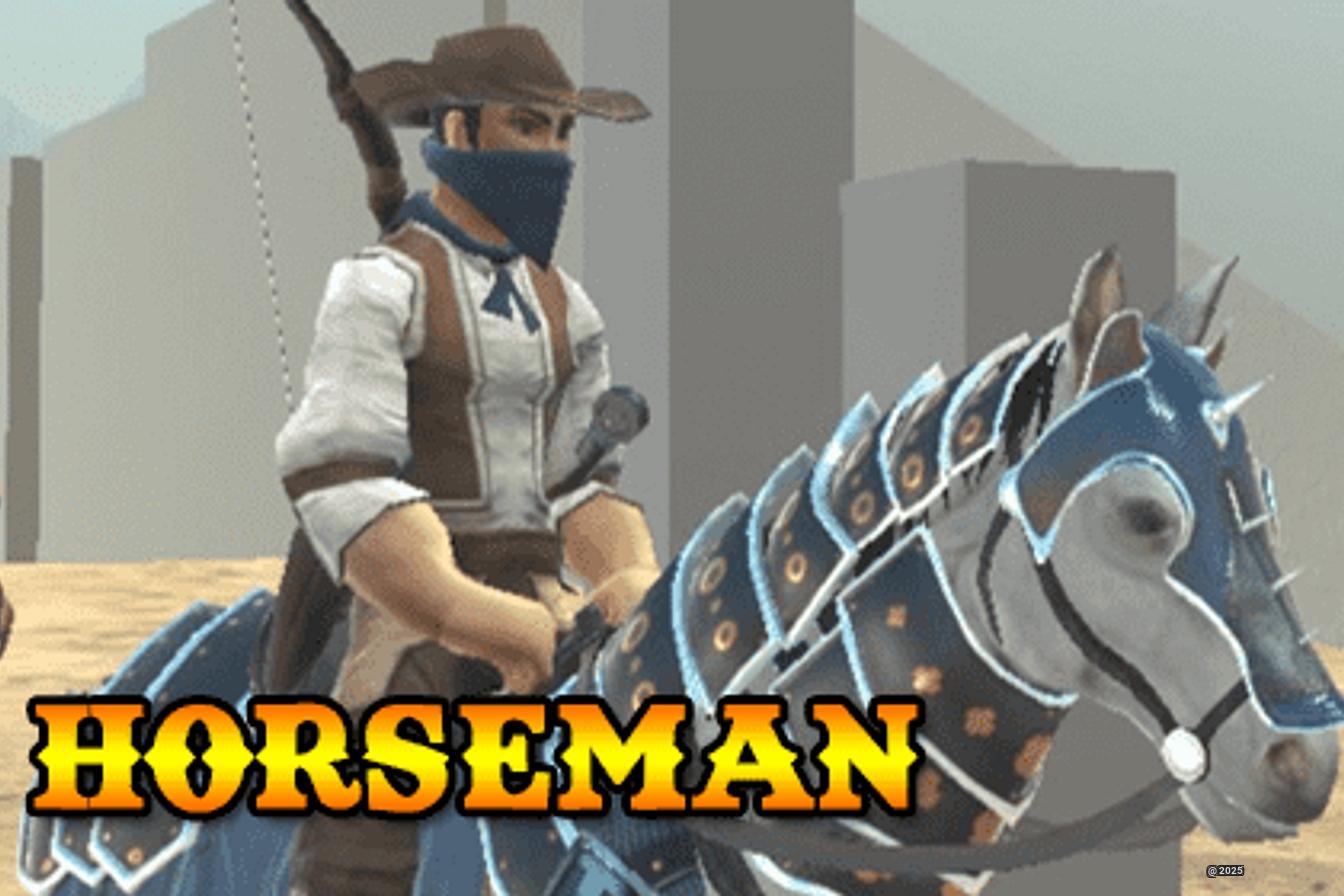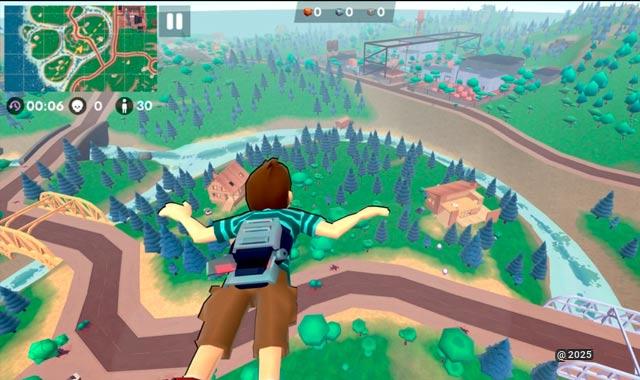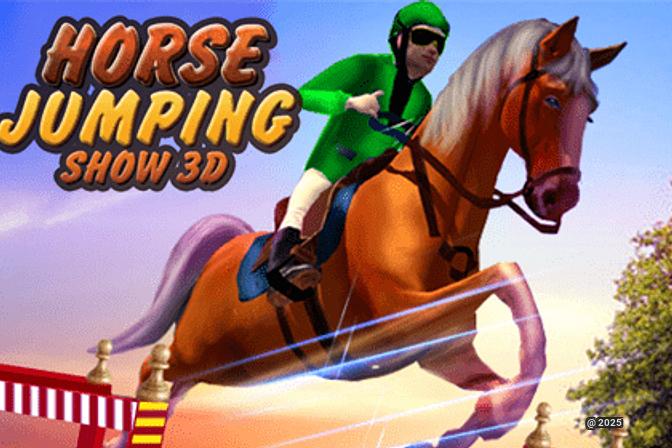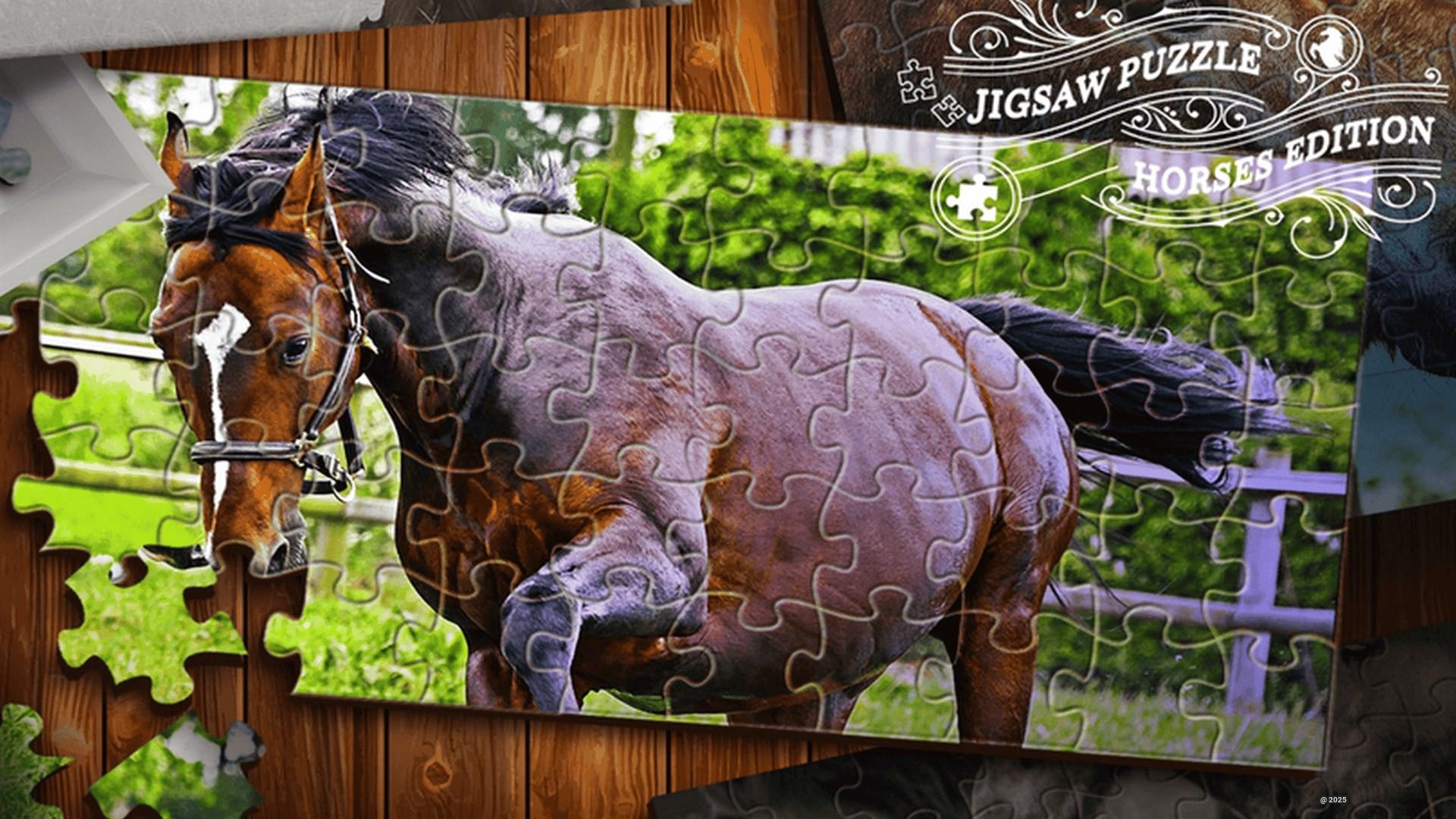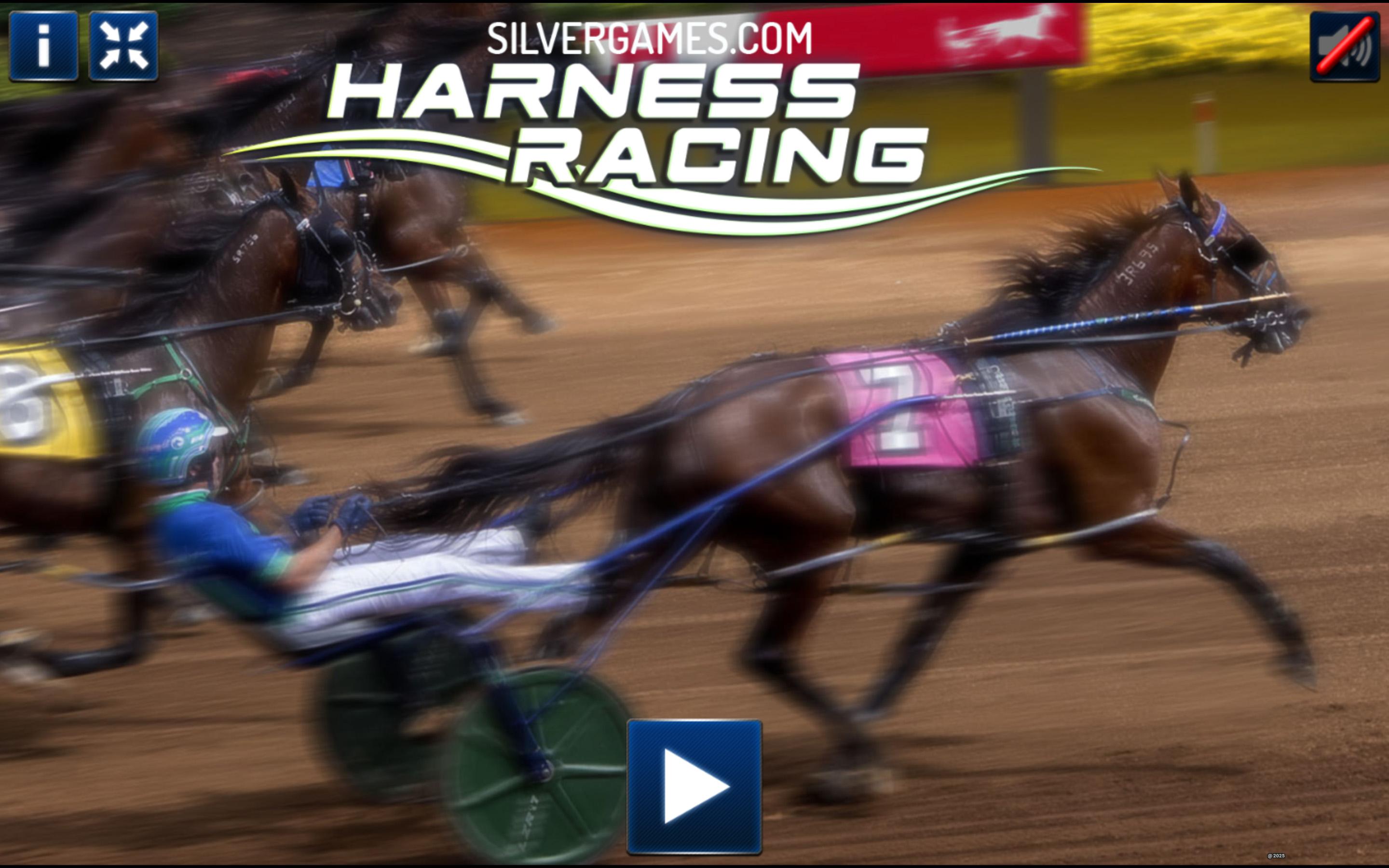Horse shoeing is an art that combines skill, precision, and a deep understanding of equine care. At its core, horse shoeing is essential for maintaining the health and performance of horses, as it protects their hooves from wear and tear while enhancing their overall well-being.
This vital practice not only ensures that horses can perform at their best but also plays a significant role in their comfort and longevity.
Imagine stepping into the shoes of a master farrier, where each day presents new challenges and opportunities to nurture these magnificent animals. From crafting the perfect shoes to engaging in thrilling horse races and obstacle courses, the world of horse shoeing is filled with excitement and discovery.
As you embark on this journey, you’ll learn about the importance of hoof care, the intricacies of shoe fitting, and the joy of watching your horse thrive under your care.
Key Takeaways:
- Horse shoeing is crucial for equine health and performance.
- The practice involves crafting shoes that protect and support horses’ hooves.
- Engaging in various mini-games enhances the experience of caring for horses.
- Mastering horse shoeing can lead to thrilling races and challenges.
Join us as we delve deeper into the fascinating world of horse shoeing and uncover the skills needed to become a proficient farrier!
About Horse Shoeing
Horse shoeing isn’t just about slapping metal shoes on hooves - it’s a delicate dance between protection and comfort that keeps our equine friends happy and healthy.
You might wonder “What exactly is horse shoeing?” Let me break it down: It’s like giving horses their own custom boots. We fit specially shaped metal plates to their hooves to guard against wear and tear. Think of it as upgrading your horse’s natural armor!
Here’s something cool about shoeing that most folks don’t know: Horses haven’t always worn shoes. But as we started using them for work and sport on harder surfaces than their native grasslands, their hooves needed extra help.
| Shoe Type | Best Used For | Common Materials |
|---|---|---|
| Regular Shoes | Daily riding and light work | Steel or aluminum |
| Racing Plates | Speed events and racing | Lightweight aluminum |
| Draft Horse Shoes | Heavy work and pulling | Heavy-duty steel |
The Importance of Proper Horse Shoeing
I’ve seen firsthand how proper shoeing can turn a limping horse into a champion. It’s not just about protection - it’s about performance too!
Your horse’s hooves are like shock absorbers. Without good shoes, every step on hard ground sends jarring impacts up their legs. That’s why I always pay extra attention when fitting shoes during gameplay - one wrong move and your virtual horse won’t perform at its best.
Did you know that improper shoeing can cause real problems? A badly fitted shoe is like wearing shoes that are too tight - it throws off your whole way of walking. For horses, this can lead to joint issues, muscle strain, and poor performance in races or shows.
I’ve learned that different riding styles need different shoeing approaches. If you’re training for barrel racing, you’ll want shoes with better grip. Planning on dressage? You might need something lighter for those precise movements.
Common Techniques and Tools Used in Horse Shoeing
Essential Tools Every Farrier Needs:
- Nippers: These are like super-powered nail clippers for horse hooves
- Rasp: Think of it as a giant file that shapes the hoof perfectly
- Hammer: Not your regular workshop hammer - this one’s specially designed for horseshoes
- Anvil: Where we shape and adjust shoes to fit just right
In my experience, shoeing techniques vary based on what you’re trying to achieve. Sometimes I need to add extra padding for sensitive hooves, other times I’m focused on getting the perfect angle for racing performance.
I love teaching players about hot shoeing versus cold shoeing. Hot shoeing means heating the shoe to help it fit better - it’s trickier but gives amazing results. Cold shoeing is more straightforward and perfect for beginners learning the trade.
Similar Games
Final Words
Horse shoeing is more than just a practical necessity; it’s an art that embodies the deep bond between humans and horses. This intricate process not only safeguards the health of our equine companions but also enhances their performance in various activities.
As we explored in the article, the role of a farrier extends beyond simply applying shoes; it involves understanding the unique needs of each horse, ensuring comfort, and optimizing their capabilities.
Engaging in horse shoeing opens up a world of excitement, from the thrill of racing to the satisfaction of seeing a horse flourish under expert care. The skills required to master this craft are both challenging and rewarding, allowing for personal growth and a profound connection with these majestic animals.
Through mini-games and hands-on experiences, players can immerse themselves in the nuances of hoof care and shoe fitting, gaining insights that reflect real-world practices.
The journey of becoming a proficient farrier is not just about technical skill; it’s about nurturing a relationship built on trust and respect with the horses we care for.

